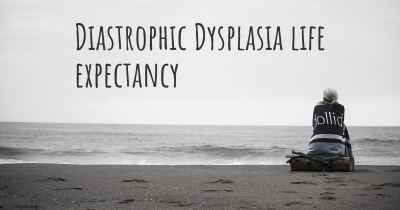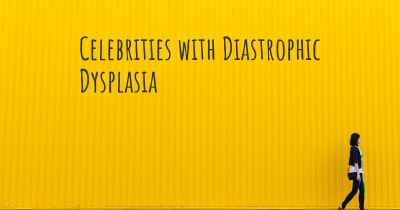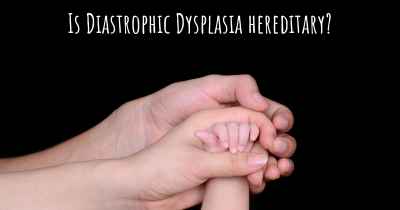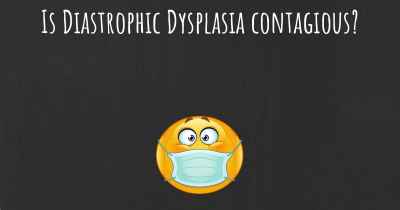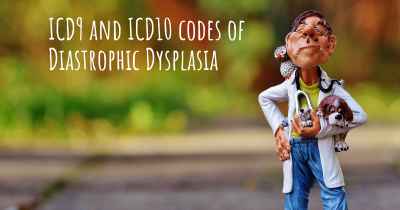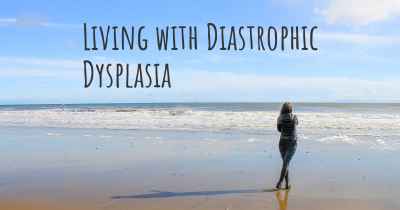Which are the symptoms of Diastrophic Dysplasia?
See the worst symptoms of affected by Diastrophic Dysplasia here
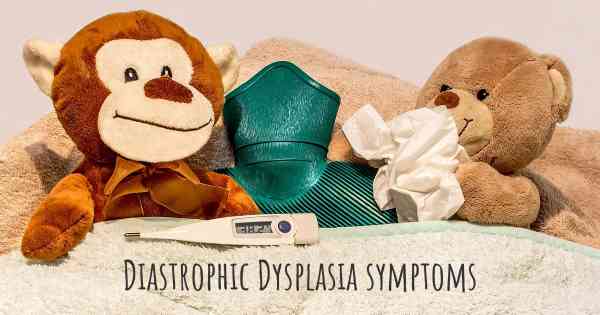
Diastrophic Dysplasia is a rare genetic disorder that affects bone and cartilage development, resulting in various physical abnormalities. It is classified as a type of dwarfism and is characterized by short stature, joint deformities, and other distinctive features. The symptoms of Diastrophic Dysplasia can vary in severity from person to person, but there are several common signs that can help identify the condition.
1. Short Stature:
One of the primary symptoms of Diastrophic Dysplasia is short stature. Individuals with this condition typically have a significantly shorter height compared to their peers. The average adult height for someone with Diastrophic Dysplasia is around 3 to 4 feet.
2. Joint Deformities:
Joint deformities are a hallmark feature of Diastrophic Dysplasia. Affected individuals may experience a range of joint abnormalities, including:
- Clubfoot: The foot is twisted inward and downward, making it difficult to walk.
- Hitchhiker thumb: The thumb is positioned at an angle, resembling a hitchhiker's thumb.
- Cleft palate: A split or opening in the roof of the mouth, which can affect speech and feeding.
- Knee and hip deformities: The knees and hips may be abnormally shaped or positioned, leading to mobility issues.
3. Spinal Abnormalities:
Diastrophic Dysplasia can also affect the spine, leading to various spinal abnormalities. These may include:
- Scoliosis: Abnormal sideways curvature of the spine.
- Kyphosis: Excessive forward rounding of the upper back, resulting in a hunched posture.
- Limited spinal mobility: Restricted movement of the spine, which can cause discomfort and difficulty in certain activities.
4. Hand and Foot Abnormalities:
In addition to joint deformities, individuals with Diastrophic Dysplasia may have distinct hand and foot abnormalities, such as:
- Brachydactyly: Shortened fingers and toes.
- Clubbed hands: The hands may have a rounded appearance due to abnormal bone development.
- Flat feet: The arches of the feet may be flattened, causing foot pain and difficulty walking.
5. Facial Features:
Diastrophic Dysplasia can affect facial features, although these characteristics can vary among individuals. Some common facial features associated with this condition include:
- Cleft lip: A split or opening in the upper lip.
- Small nose: The nose may be smaller in size compared to typical proportions.
- Ear abnormalities: The ears may be misshapen or positioned differently than usual.
It is important to note that the severity and combination of symptoms can differ from person to person. Some individuals may experience milder symptoms, while others may have more pronounced physical abnormalities. Additionally, individuals with Diastrophic Dysplasia may also face other health issues, such as respiratory problems, hearing loss, and joint pain.
Diastrophic Dysplasia is a lifelong condition, but with appropriate medical care and support, individuals with this disorder can lead fulfilling lives. Early intervention, including physical therapy and orthopedic interventions, can help manage symptoms and improve mobility. Genetic counseling may also be recommended for families affected by Diastrophic Dysplasia to understand the inheritance pattern and potential risks for future pregnancies.
